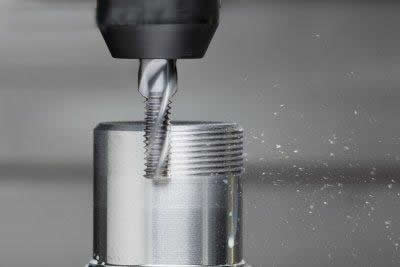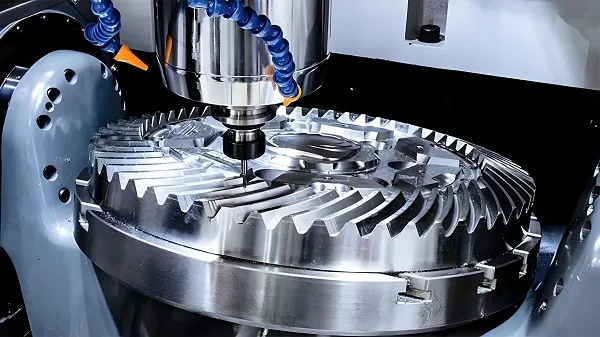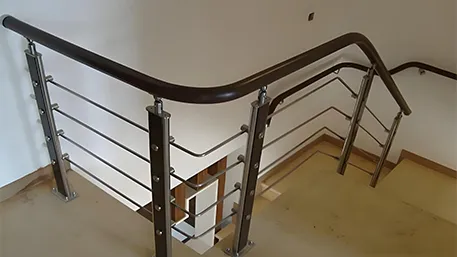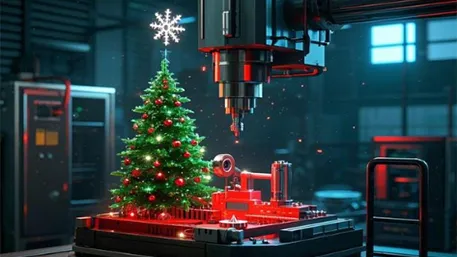
II. Overcut Types and Schematic Diagrams (Key Dimensions Marked)
1. Contour Overcut (Most Common)
2. Hole Overcut
3. Curved Surface Overcut
III. Immediate Overcut Handling Steps (Must Be Done Within 10 Minutes of Discovering Overcut)
Step 1: Emergency Shutdown to Avoid Further Damage
- Immediately press the machine’s “emergency stop button” to cut off spindle and feed movement, preventing the tool from continuing to cut the overcut area;
- Record the current machining step (e.g., “3rd Segment of Right Contour Milling”) for subsequent traceability.
Step 2: Evaluate Overcut Severity (Determine Remediability)
|
Overcut Severity
|
Judgment Criteria
|
Handling Direction
|
|
Minor Overcut
|
Overcut amount ≤0.1mm, no impact on assembly/function
|
Remediation (e.g., polishing, weld repair)
|
|
Moderate Overcut
|
Overcut amount 0.1-0.5mm, partial function affected
|
Redesign local structure and rework
|
|
Severe Overcut
|
Overcut amount >0.5mm, core dimensions scrapped
|
Replace workpiece blank and reprocess
|
Step 3: Troubleshoot Overcut Causes (Targeted Solutions)
Cause 1: Programming Errors (60% of Cases)
- Inspection Method: Open programming software (e.g., Mastercam) and re-simulate the tool path:
- Solution: Correct the tool path, reduce the feed rate by 10%-20%, and regenerate the G-code.
Cause 2: Tool Issues (20% of Cases)
- Inspection Method:
- Solution: Replace with a new tool and re-calibrate tool compensation values (recheck with a tool setter).
Cause 3: Clamping/Alignment Errors (15% of Cases)
- Inspection Method:
- Solution: Re-clamp the fixture, re-align, and correct the zero point coordinates.
Cause 4: Machine Precision Issues (5% of Cases)
- Inspection Method: Use a dial indicator to measure spindle runout (>0.005mm easily causes hole overcut) and a straightedge to measure guideway clearance (>0.003mm easily causes contour offset).
- Solution: Contact machine maintenance personnel to calibrate spindle and guideway precision (daily machine maintenance is required weekly).
Step 4: Test Cutting Verification (Avoid Re-Occurrence of Overcut)
- Replace with a new workpiece blank or use the scrap area of the workpiece to perform a 10-20mm test cut with the corrected parameters;
- Use calipers/micrometers to test the cut dimensions, and proceed with formal machining only after confirming no overcut.
IV. Overcut Preventive Measures (Key to Long-Term Avoidance)
- Programming Phase:
-
- Mandatorily perform “tool path simulation + interference check”, focusing on the distance between the tool, workpiece, and fixture (must be ≥0.1mm);
-
- Adopt “small cutting depth + low feed rate” for finish milling (e.g., cutting depth 0.1-0.2mm, feed rate 800-1500mm/min).
- Tool Management:
-
- Before using a new tool, calibrate its length/radius with a tool setter (tolerance ≤0.002mm);
-
- Check tool wear every 2 hours for metal machining and every 4 hours for plastic machining.
- Clamping Re-Inspection:
-
- After clamping, use a dial indicator to measure workpiece flatness (>0.01mm requires re-leveling);
-
- After alignment, move 10mm in both X and Y directions and recheck coordinate accuracy (to avoid zero point drift).
- Machine Maintenance:
-
- Clean the guideways and add lubricating oil before starting the machine daily;
-
- Calibrate spindle runout and guideway clearance monthly (precision must meet the machine manual requirements).






